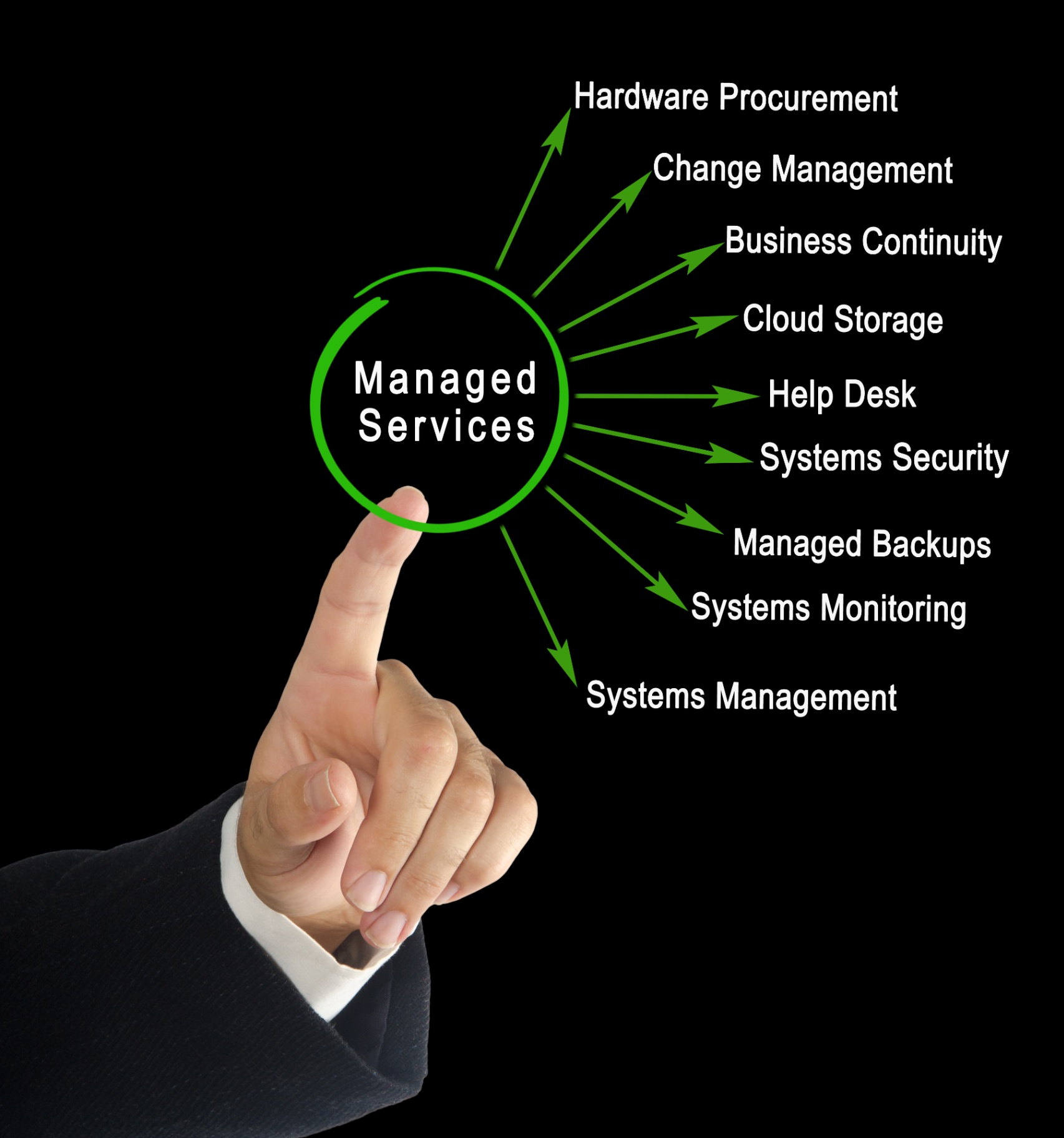The statistics are sobering, but Connecticut business owners need to hear them: 40% of small businesses never reopen after a natural disaster. Another 25% close permanently within one year. The Small Business Administration puts the real number even higher: closer to 90% never reopen their doors again.
For Connecticut's 354,013 small businesses that employ nearly half the state's workforce, these aren't just numbers. They're a wake-up call. When storms like the August 2024 weather events hit our state hard enough to trigger SBA disaster declarations, the businesses that survive aren't just lucky: they're prepared.
The Hidden Costs That Kill Businesses
Here's what most Connecticut SMB owners don't realize: downtime costs small businesses $10,000 per hour. For larger operations, that number jumps to over $5 million hourly. But the real killer? Seventy-five percent of organizations without a business continuity plan fail within three years of a major disruption.

The financial damage extends far beyond obvious repairs. Lost customers, damaged reputation, employee layoffs, regulatory fines, and supply chain disruptions create a cascade of problems that can sink even profitable businesses. Connecticut businesses face particular vulnerability given our exposure to severe storms, flooding, landslides, and mudslides.
Connecticut's Small Business Reality Check
Our state's small business sector showed remarkable resilience during the pandemic: business registrations exceeded 5,300 in March 2021, a 50% jump from 2019. Between March 2021 and 2022, Connecticut saw 16,510 new establishments open, with small businesses driving 85% of the state's job growth.
But this success makes effective disaster preparedness even more critical. Many business owners overestimate their recovery capabilities. While 60% believe they can resume operations within a day after a disaster, only 35% actually manage to do so.
Your Step-by-Step Business Continuity Blueprint
1. Risk Assessment: Know Your Threats
Start with Connecticut's specific disaster profile. Document how each threat could impact your operations:
- Severe storms and flooding (like our August 2024 events)
- Power outages affecting digital operations
- Supply chain disruptions
- Cyber attacks targeting vulnerable recovery periods
- Key personnel unavailability
Create a simple risk matrix rating each threat's likelihood and potential impact on your business.
2. Crisis Response Protocols
Develop clear, actionable protocols for different scenarios:
- Communication chains: Who contacts whom during emergencies
- Decision-making authority: Designate backup decision-makers
- Evacuation procedures: Including securing critical data and equipment
- Remote work activation: Ensuring employees can work from alternate locations
Test these protocols quarterly. A plan that exists only on paper is worthless when disaster strikes.

3. IT Infrastructure Protection
Your digital assets need bulletproof protection:
- Automated cloud backups running daily, with monthly recovery tests
- Redundant internet connections through different providers
- Critical system documentation stored both on-site and off-site
- Cybersecurity measures that work even during recovery periods
Consider managed IT services that include disaster recovery planning and 24/7 monitoring.
4. Financial Preparedness
Connecticut businesses have access to valuable disaster recovery resources:
- SBA Economic Injury Disaster Loans: Up to $2 million at 4% interest (3.25% for nonprofits)
- Extended application periods: Nine months from disaster declarations
- Business interruption insurance: Review coverage limits annually
- Emergency cash reserves: Maintain 3-6 months operating expenses
The August 2024 Connecticut storms showed how quickly SBA disaster loans become available: but only prepared businesses can access them effectively.
5. Supply Chain Risk Management
Develop relationships with alternate suppliers across different geographic regions:
- Primary vendor alternatives: At least two backup suppliers for critical materials
- Transportation alternatives: Multiple shipping methods and routes
- Inventory buffers: Strategic stockpiling of essential supplies
- Vendor communication protocols: Direct contacts for emergency procurement
6. Employee Preparedness and Communication
Your team needs to know their roles during disasters:
- Emergency contact systems: Multiple ways to reach each employee
- Remote work capabilities: Laptops, VPN access, and collaboration tools ready
- Cross-training programs: Ensure critical functions can continue with reduced staff
- Family emergency plans: Help employees prepare their personal situations
Implementation That Actually Works
Business continuity planning fails when it stays theoretical. Here's how to make your plan actionable:
Month 1: Complete risk assessment and basic protocol documentation
Month 2: Implement IT backup systems and test recovery procedures
Month 3: Conduct first full disaster drill with all employees
Quarterly: Review and update all protocols, test backup systems
Annually: Complete plan revision based on business changes and lessons learned

The consequences of inadequate preparation are severe. Operational costs are 16 times higher for businesses experiencing frequent downtime. More critically, the longer recovery takes, the more likely permanent closure becomes.
Testing Your Plan Before You Need It
A business continuity plan is only as good as its last test. Schedule regular drills that simulate different disaster scenarios:
- Communication tests: Can you reach all employees within two hours?
- Data recovery tests: How quickly can you restore critical systems?
- Vendor contact tests: Do your backup suppliers respond promptly?
- Financial access tests: Can you access emergency funds and insurance contacts?
The Connecticut Advantage
Connecticut businesses serve as economic first responders during disasters, providing critical community support when government resources are stretched thin. By implementing comprehensive business continuity planning, you're not just protecting your survival: you're contributing to statewide economic resilience.
The state's small business sector has shown it can adapt and grow even during challenging times. With proper planning, your business can be part of that success story rather than becoming another statistic.
Your Next Steps
Don't wait for the next disaster to test your preparedness. Start with a basic risk assessment this week. Document your most critical business functions and identify single points of failure. Then systematically address each vulnerability.
Remember: operational costs are 16 times higher for unprepared businesses. The investment in proper business continuity planning pays for itself the first time you avoid extended downtime.
Connecticut's small businesses are the backbone of our state's economy. With proper preparation, they'll continue driving growth and supporting communities for decades to come: regardless of what disasters may come.
Ready to bulletproof your business? Start with professional IT infrastructure management and disaster recovery planning that actually works when you need it most.

